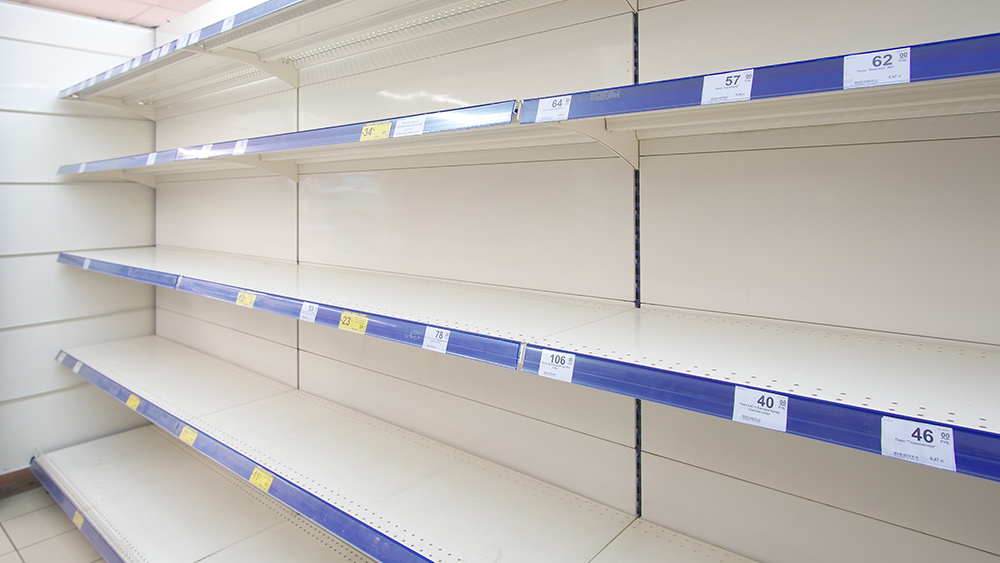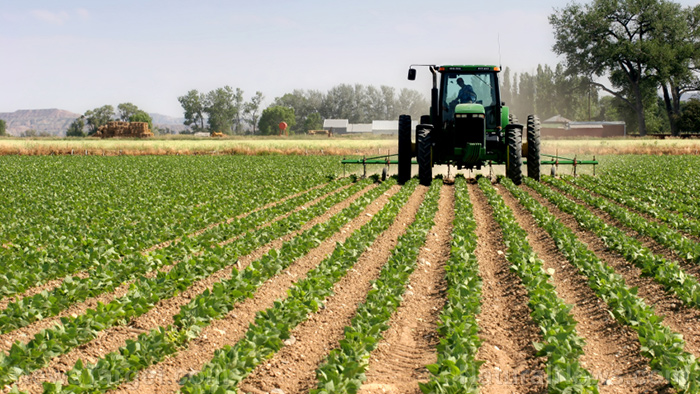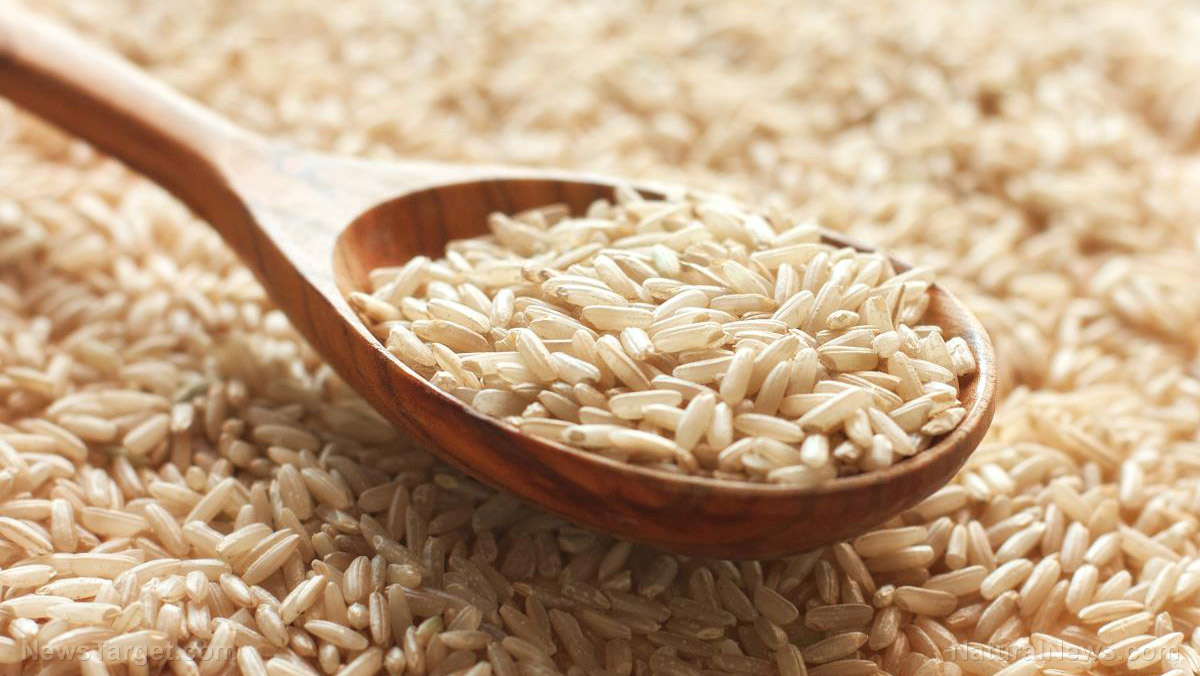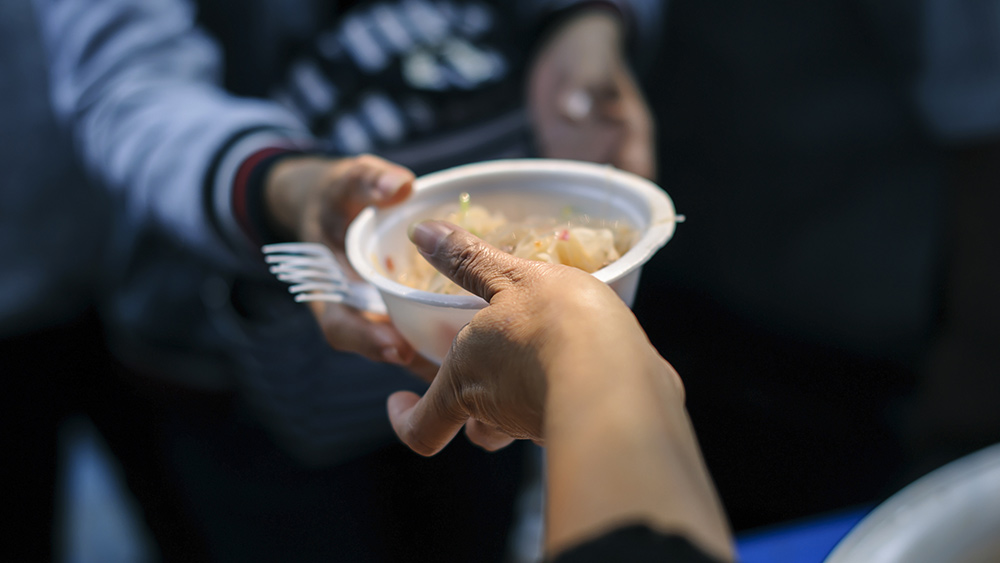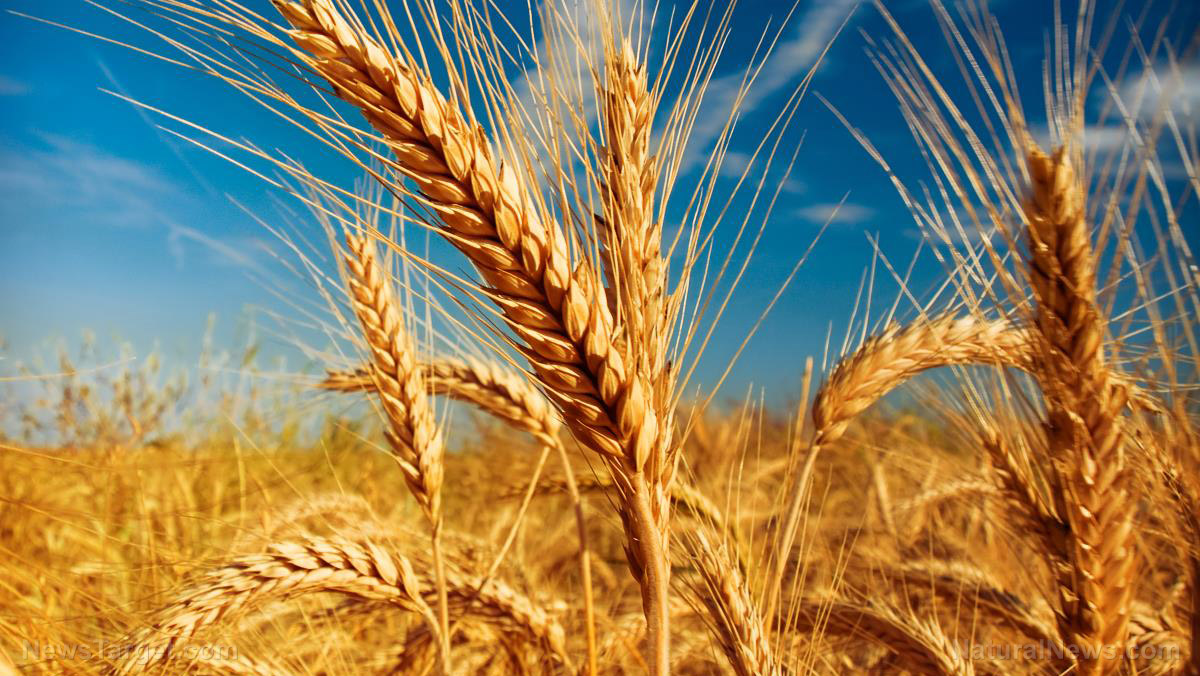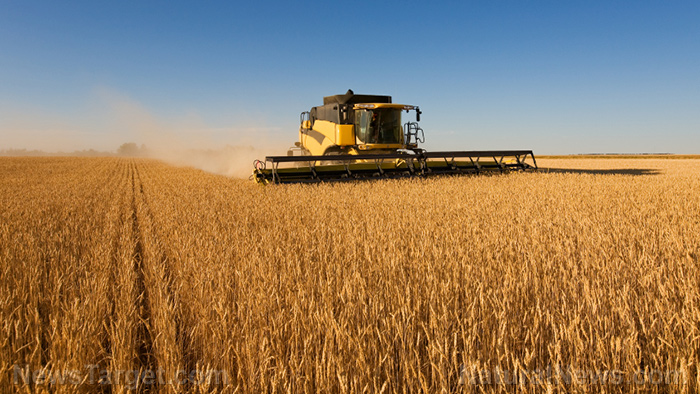Food storage tips: Why you need to stockpile wheat before SHTF (Plus a recipe for “prepper’s bread”)
12/02/2019 / By Zoey Sky
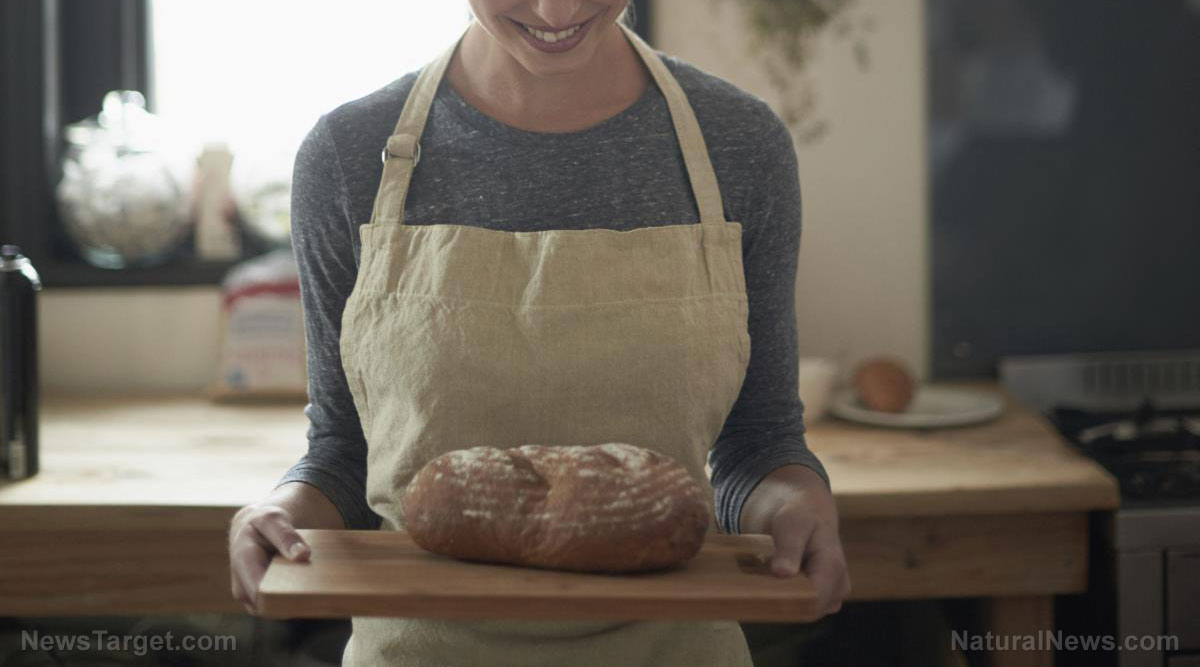
When SHTF, it’s a good thing to have a supply of ready-to-eat meals and snacks to save time on food prep. However, you also need access to ingredients that can be used to make fresh food to ensure that your body gets all the nutrition it needs. This is where wheat comes in. (h/t to SHTFPlan.com)
Before disaster strikes, you should learn how to properly store wheat for your survival supply.
Compared to other grains, wheat has a longer shelf life and is a great source of nutrients. When stored properly, wheat and other hard grains like buckwheat, mullet, Kamut (Khorasan wheat), spelt and triticale can have an average shelf life of at least 10 to 12 years.
The amazing thing is, you can extend the shelf life of hard grains to at least 30 years or longer if you use the correct equipment. Wheat deserves space in your pantry because it’s inexpensive and easy to store. (Related: Tips and instructions for making homemade whole wheat bread.)
For the long-term storage of wheat and other kinds of grains, it is best to use storage supplies like:
- 5-gallon food storage bags
- Food-grade buckets
- Oxygen absorbers
- Vacuum sealer or heat sealer
The nutritional profile of wheat
Wheat is a type of grass called Triticum that is grown in different varieties around the globe. Bread wheat, also called common wheat, is the primary species.
White and whole-wheat flours are the main ingredients used to make bread and other kinds of baked goods. Wheat is also used to make noodles, pasta and semolina.
Wheat contains gluten, a protein that may sometimes cause a harmful immune response in those with gluten-related disorders.
If you can tolerate gluten, whole-grain wheat is a good source of antioxidants, fiber, vitamins and minerals. Wheat is mostly made up of carbs, but it is a protein-rich grain.
The amount of minerals in wheat and most cereal grains usually varies depending on the type of soil it’s grown in.
Wheat also contains the following vitamins and minerals:
- Copper — Copper is an important nutrient that supports cardiovascular health.
- Folate — Folate, or folic acid, is one of the B vitamins. It is also known as vitamin B9. Pregnant women need folate to ensure their overall health.
- Phosphorus — Phosphorus plays an essential role in the maintenance and growth of body tissues.
Selenium — Selenium is essential for different functions in the body.
How to make prepper’s bread
If you store wheat in your stockpile, be sure to have a manual grinder so you can process it even if the grid goes down. After being ground, wheat oxidizes and loses its nutritional value. Only grind wheat when you’re ready to use it to ensure longer shelf life.
If you’re not sure how to use wheat, try making “prepper’s bread.” The recipe below is yeast-free.
Prepper’s bread can be baked in a solar oven, over an open campfire or in a Dutch oven.
Ingredients:
- 1 cup fine whole wheat flour
- 2 tablespoons olive oil (optional, you can also use other kinds of oil)
- 1 teaspoon salt (optional, add to taste)
- 1/2 cup of water
Preparation:
- Mix the four ingredients.
- Use a flat surface dusted with flour and knead the bread for five minutes.
- Bake the bread in a solar oven or Dutch oven for 20 minutes at 350 F degrees.
- Alternatively, you can bake the dough on a cookie sheet or a rock over a campfire. Make sure to flip the bread often until it turns a nice brown color.
Prepper’s bread is nutritious and simple to make. With wheat in your stockpile, you can grind grains to make filling bread that will keep you energized when SHTF.
Eaten as a side, the recipe above serves at least three to four people. You can also follow the recipe to make enough bread for three sandwiches.
If you’re on a budget, wheat is a must-have in your kitchen and survival stockpile. Don’t wait until disaster strikes to learn how to process and bake wheat. Experiment with some recipes and see how your family likes their wheat bread.
Sources include:
Submit a correction >>
Tagged Under:
bread, Food storage, food supply, homesteading, off grid, prepper's bread, prepping, preserving food, recipes, survival, survival food, wheat
This article may contain statements that reflect the opinion of the author
RECENT NEWS & ARTICLES
COPYRIGHT © 2017 STARVATION NEWS

